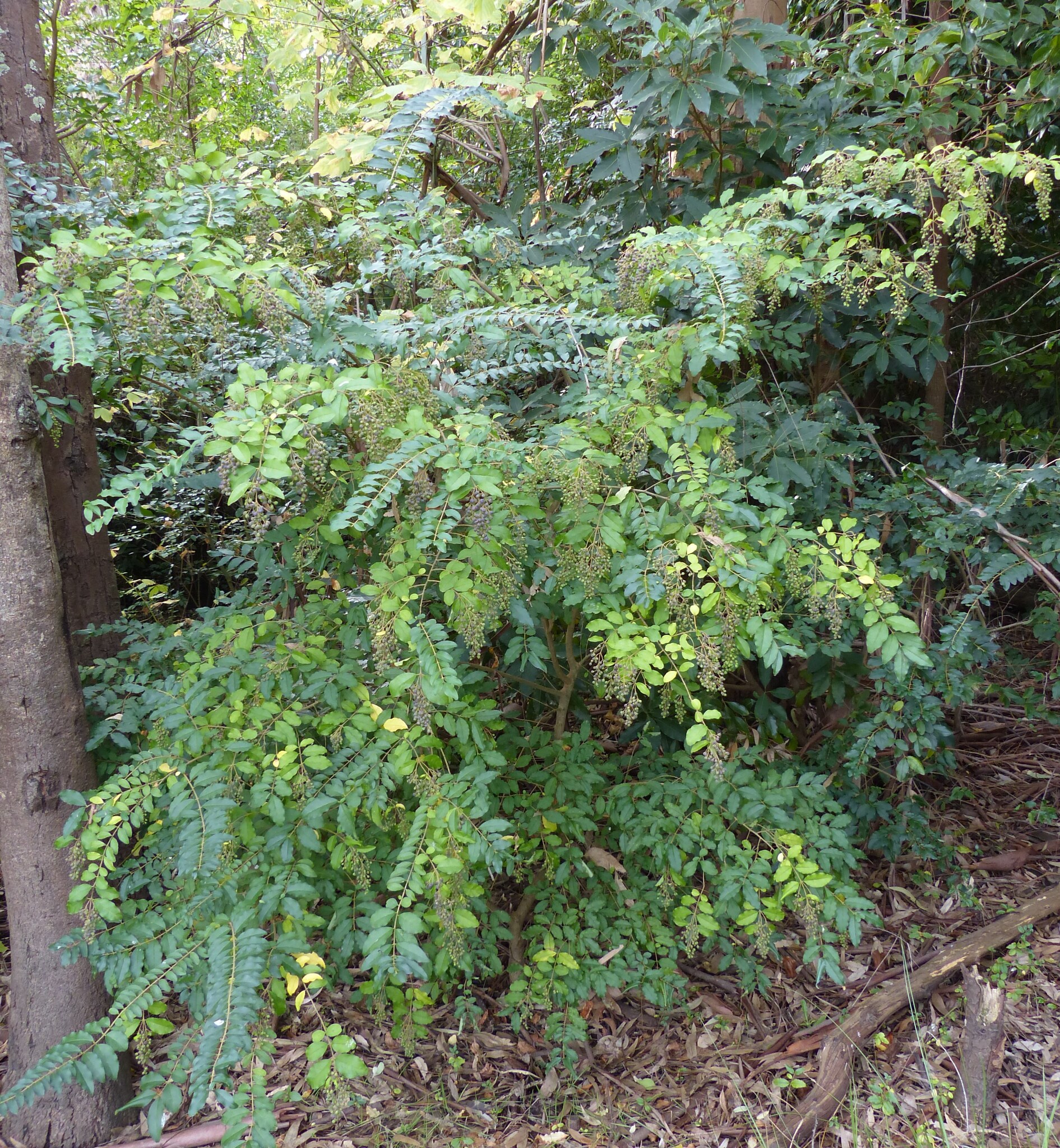
Classical Latin name, possibly from ligo — to bind, as the twigs were used for tying.
Evergreen, semi-deciduous or deciduous shrubs and occasionally small trees. Leaves opposite, simple, entire, short-stalked. Flowers white, in terminal clusters; petals 4, fused into a tube at the base. Stamens 2. Fruit a black berry with 1-4 seeds.
Birds often eat the berries, distributing the seeds in their droppings and this may account for the naturalisation of some species. Widely grown as a hedging plant for the dense foliage and good response to pruning.
Seed. Cultivars by cuttings, budding or grafting.
Flowers creamy white; fruit a berry.
About 50 species from E Asia with 1 from Europe and N Africa.
Green (1995).
Source: (2002). Oleaceae. In: . Horticultural Flora of South-eastern Australia. Volume 4. Flowering plants. Dicotyledons. Part 3. The identification of garden and cultivated plants. University of New South Wales Press.
